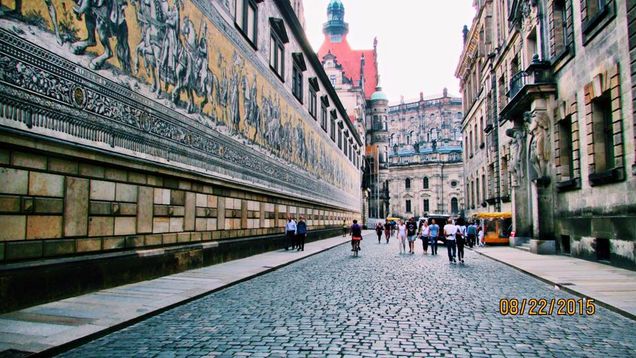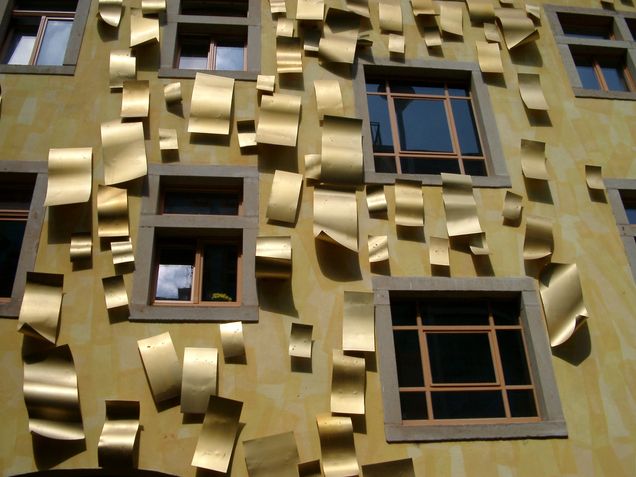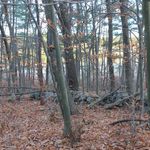By Keith Gerald Davis III
Great Wall of China, Zoe Ho, BUSA Shanghai, Director
The picture was taken in 2012 when I traveled with a group of students from School of Hospitality Administration. It was part of an educational fieldtrip. Although it was the second visit, I still had goose bumps when walking along the Great Wall. I feel I appreciate more about my own culture after the visit.
East Side Gallery – Environmental Art, Berlin, Jasmine Nouravi, , BUSA Dresden F15
(I) Loved this artwork done to show how important environmental awareness is. Probably one of my favorite parts of the Berlin Wall.
East Side Gallery, Berlin Wall, Jasmine Nouravi, BUSA Dresden F15
There were many interesting quotes like this one on the entire wall and it meant a lot to me that these quotes summarized how people felt from all over the world.
Historic Wall_Castle of Meißen, by Dr. Ulrich Zeuner, BUSA Dresden Professor
I found the image of the Meißen Castle Wall interesting, because this wall divides and protects on the one hand - as it looms above the town, it seems insurmountable. On the other hand it constitutes an architectural connection to the garden below. Walls divide and connect.
Berlin Wall_Araz Chiloyan, BUSA Dresden Programs, F14
This image is of the actual Berlin Wall outside of the Topography of Terror Museum. This was the first museum that I ever really enjoyed even being exhausted and all I spent over 4 hours in this museum absolutely shocked at what humans were capable of doing to one another.
Berlin Wall, Silke Fimmel, BUSA Dresden Director with Marta Mota and Paul Gianelis, BUSA Dresden Program, Spring 14
Having grown up behind the wall in the German Democratic Republic and not having been able to travel the world during my childhood and youth, I am still feeling a sense of awe and respect for everyone who fought for the downfall of the Berlin Wall on November 9, 1989. Whenever I visit Berlin with my students now and see the remains of the wall which once seemed insurmountable to me, I feel so grateful and blessed.
Procession of Princes in Dresden, Germany, Jasmine Nouravi, BUSA Dresden Programs, Fall 15
In August, soon after arriving in Dresden, my friends and I did some wandering around and found this beautiful wall near the older part of the city "Altstadt," and it inspired us to learn more about it. In German it is called "Fürstenzug" and was painted between 1871-1876 and depicts the rulers of Saxony. The altstadt became my favorite part of town by then end of my trip!
Wind of Change – House wall decorated by artists in the Dresden Neustadt, – Silke Fimmel, BUSA Dresden Director
After the German reunification, everything seemed possible in the Eastern part of the country. The amtosphere of the newly gained freedom and change attracted creative minds in the arts, sciences, academia to Germany´s East in the early 1990s.
New England Walls, Prof. John Snyder, Ph.D., College & Grad School of Arts & Sciences – Chemistry
New England walls have an interesting history (..) ..(They) were likely built between 1775 - 1820, and often started simply as piles of rocks outlining the fields - where farmers basically tossed them to clear their fields. Later, they were often shaped as walls (rather than piles) or various qualties. They were never originally meant to keep things in or out, but just get them out of the fields, and to outline fields. When farming moved west, the fields became overgrown, eventually becoming very wooded, as shown in these pictures. When we first moved here, we found very old apple trees scattered in the woods, indicating the farming here included a lot of apple orchards before becomng overgrown. Historical records suggest that these woods are likely third growth - meaning they land was cleared, then overgrown - this being the third forest generation.
International Education Week a Chance to Celebrate Diversity at BU
Dozens of events: dinners, lectures, election-related discussions, more


![[I] Loved this artwork done to show how important environmental awareness is. Probably one of my favorite parts of the Berlin Wall.](/globalprograms/files/2016/11/7-Jasmine-Nouravi-East-Side-Gallery-Environmental-Art-Berlin-BUSA-Dresden-Fall-15--636x477.jpg)












